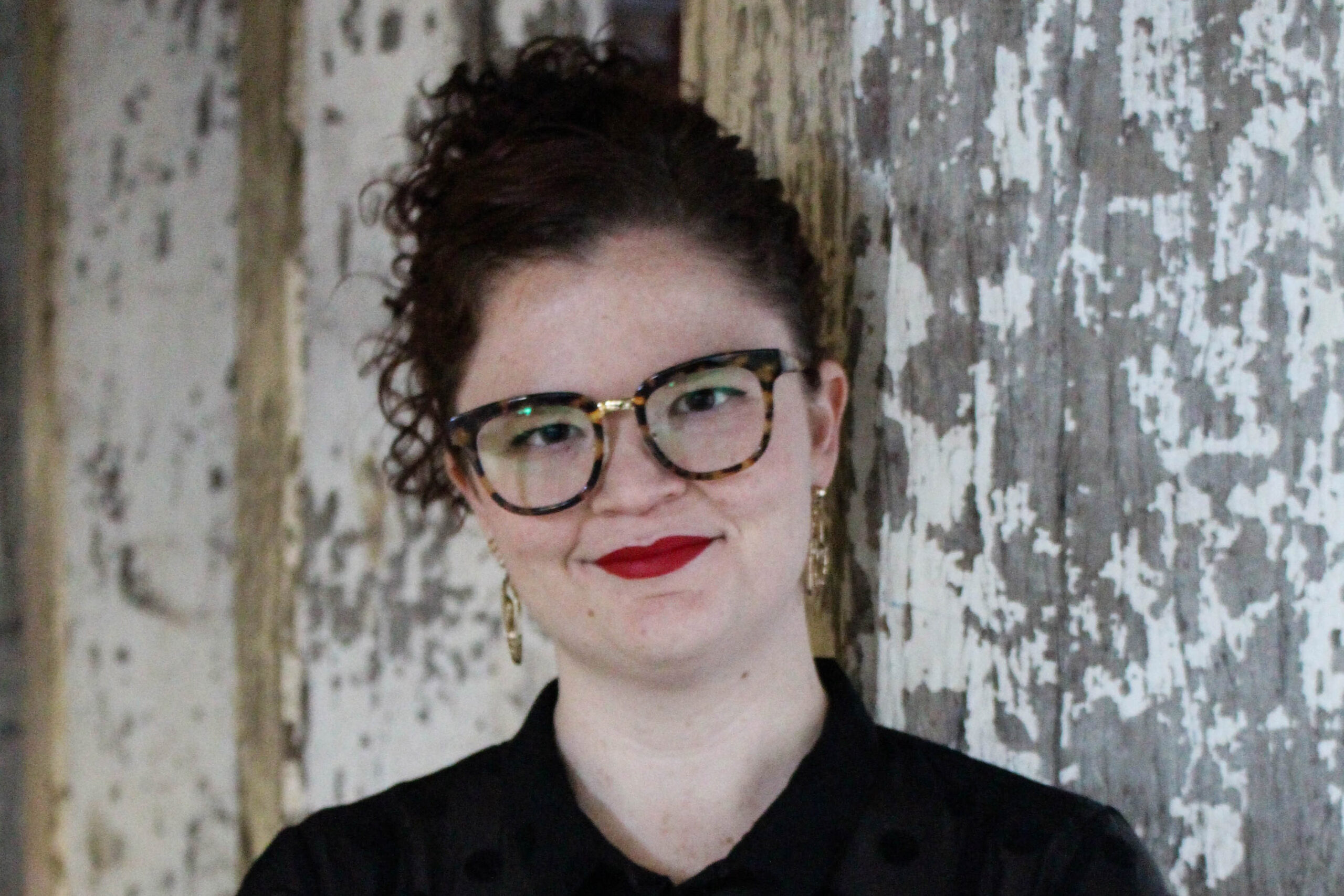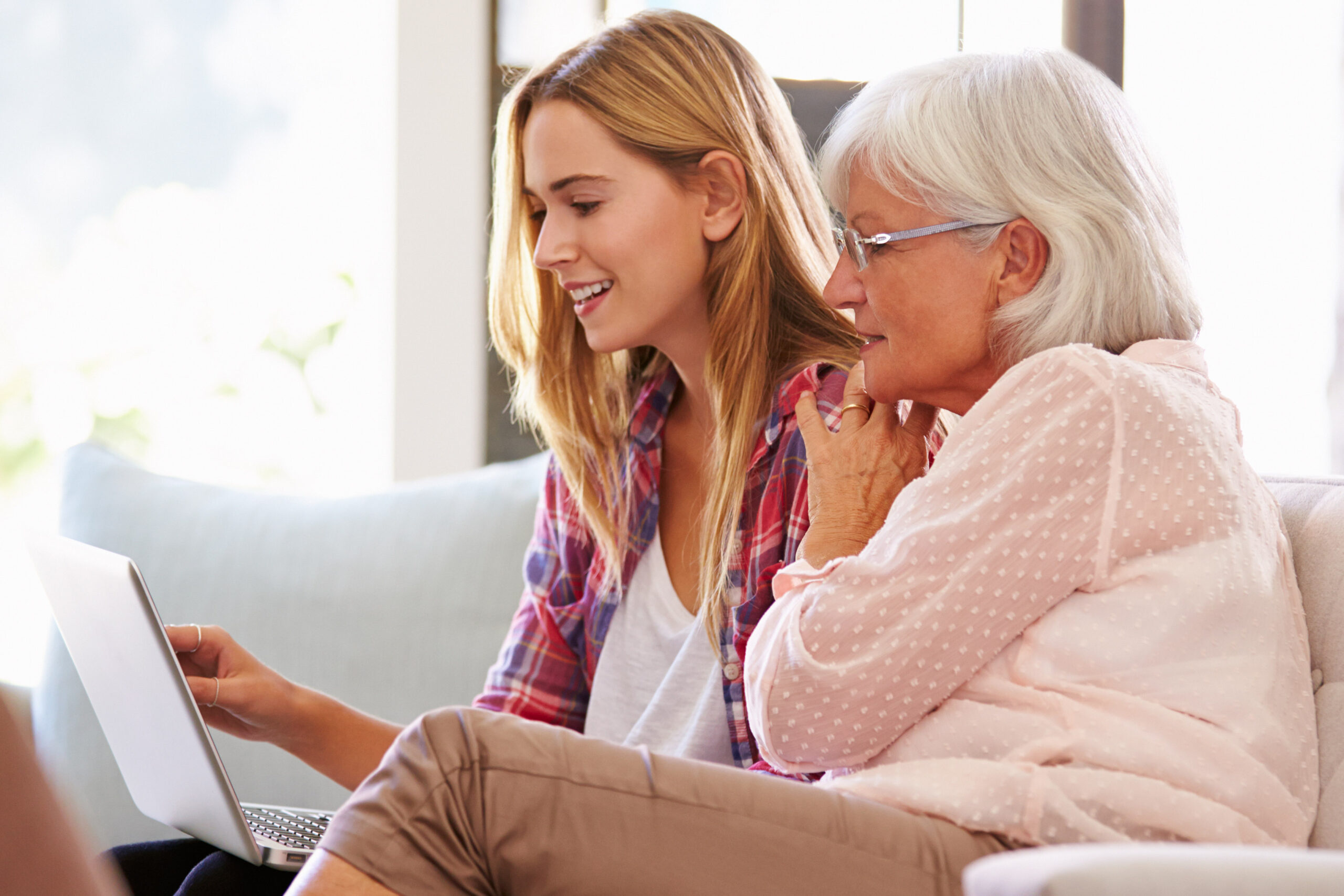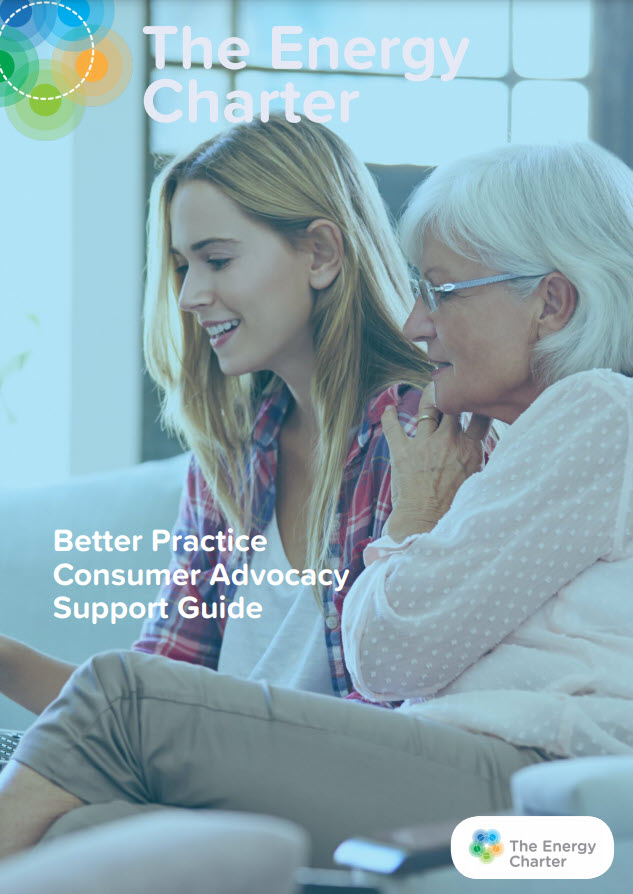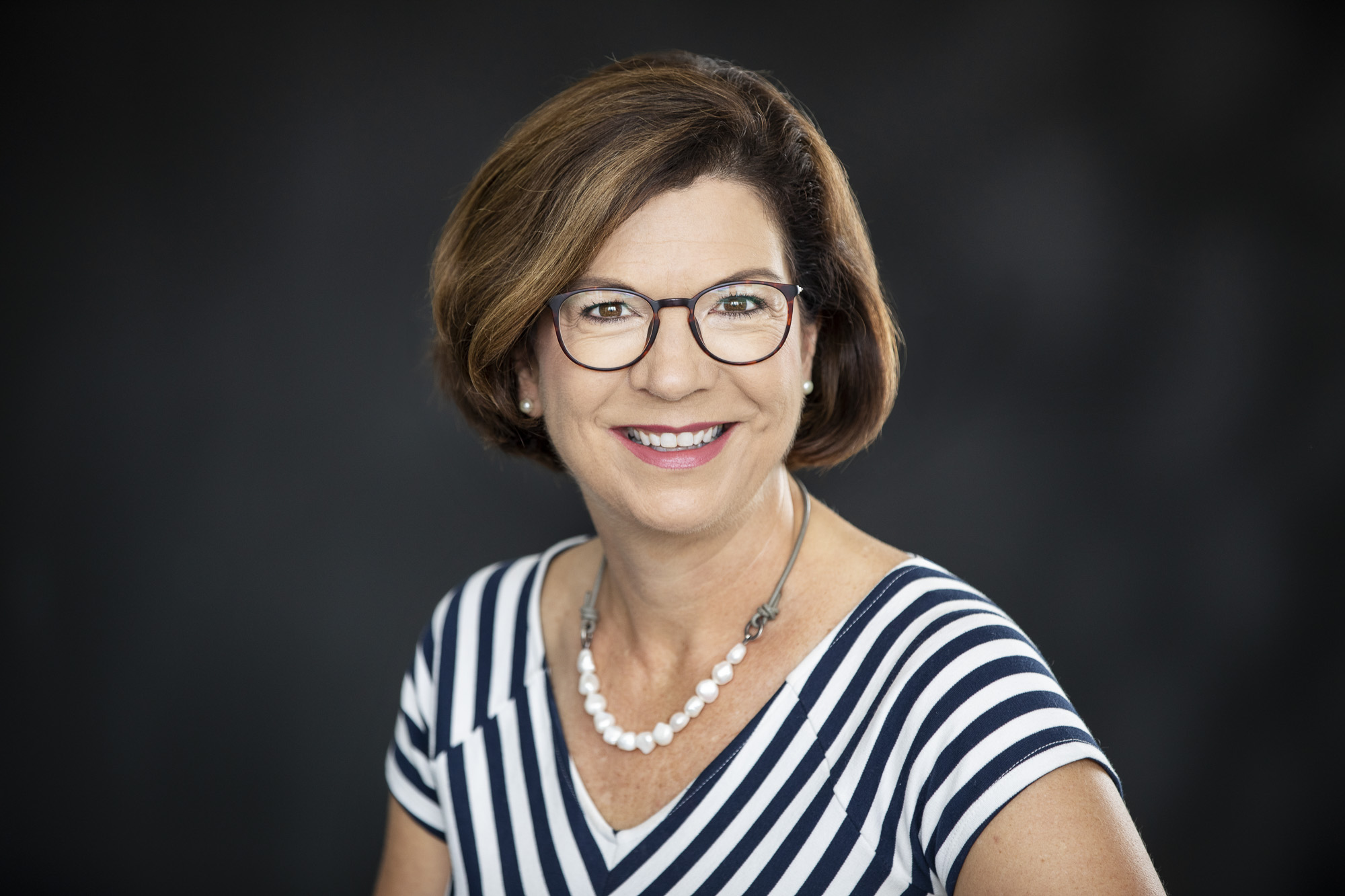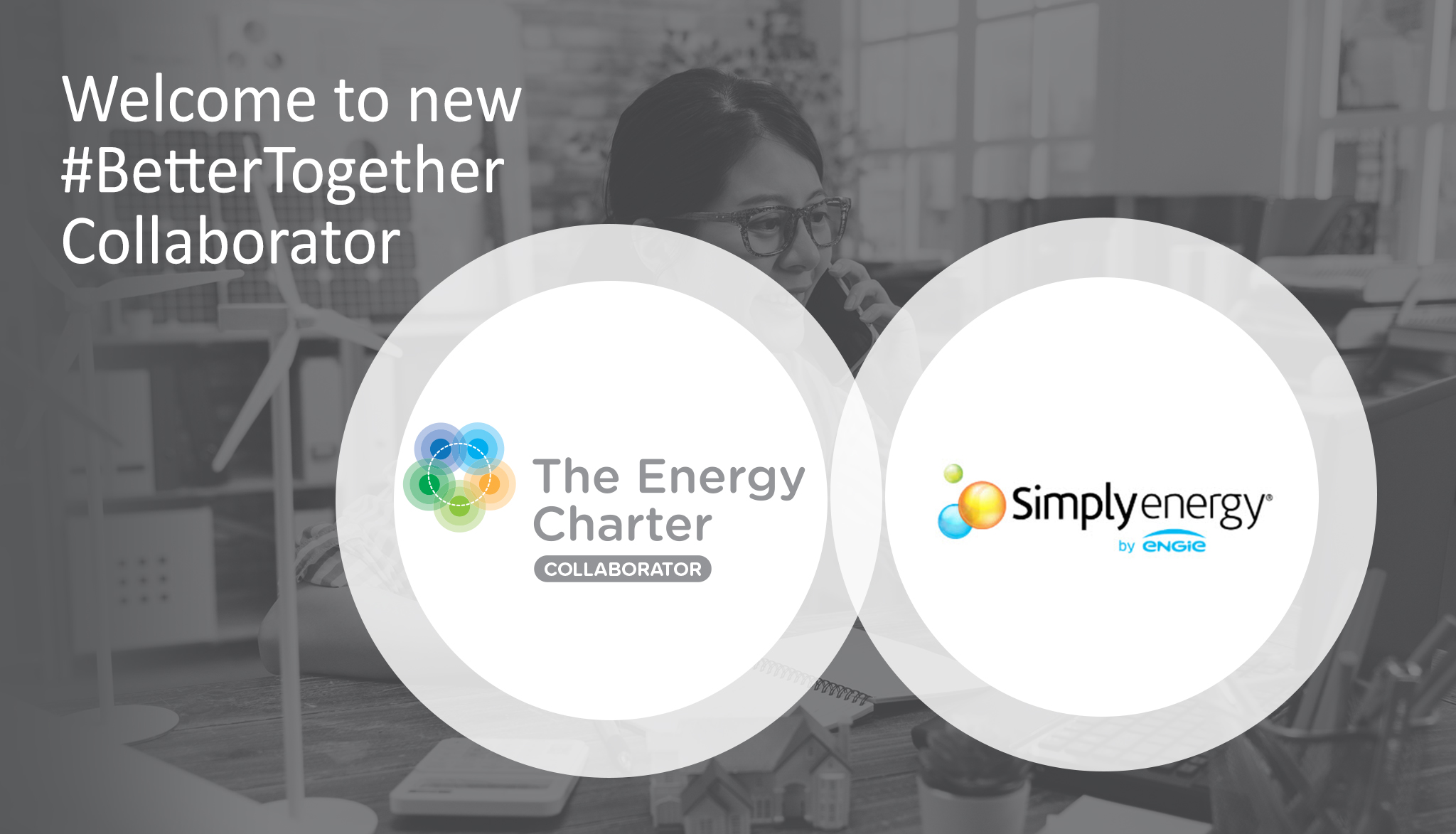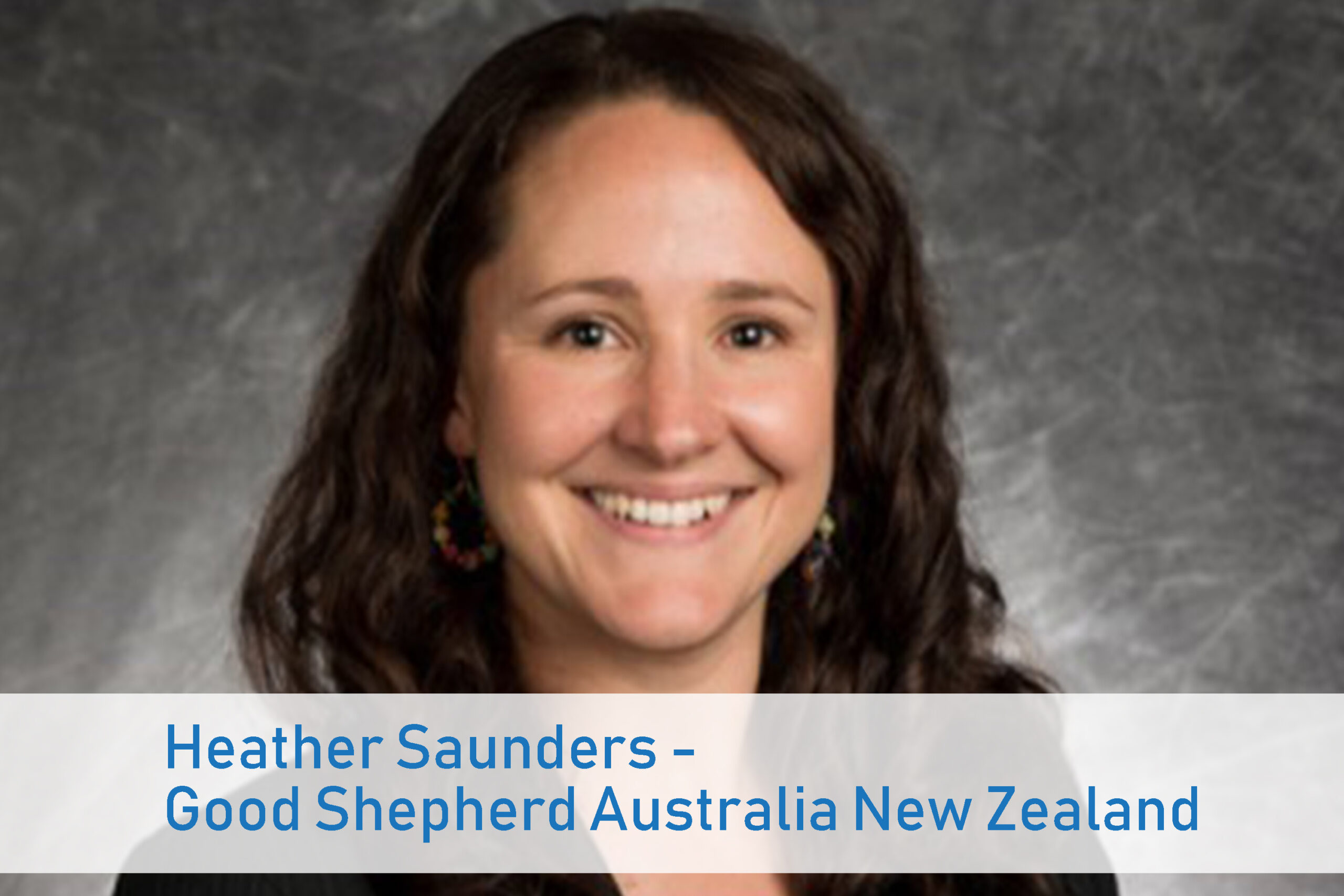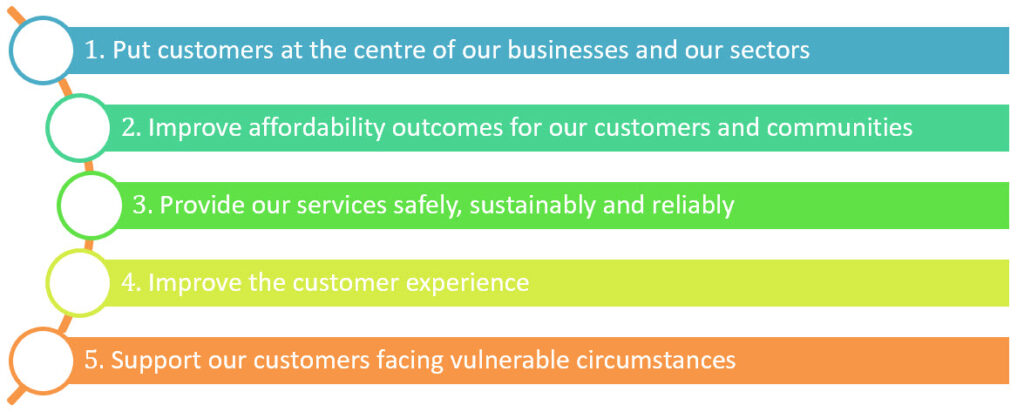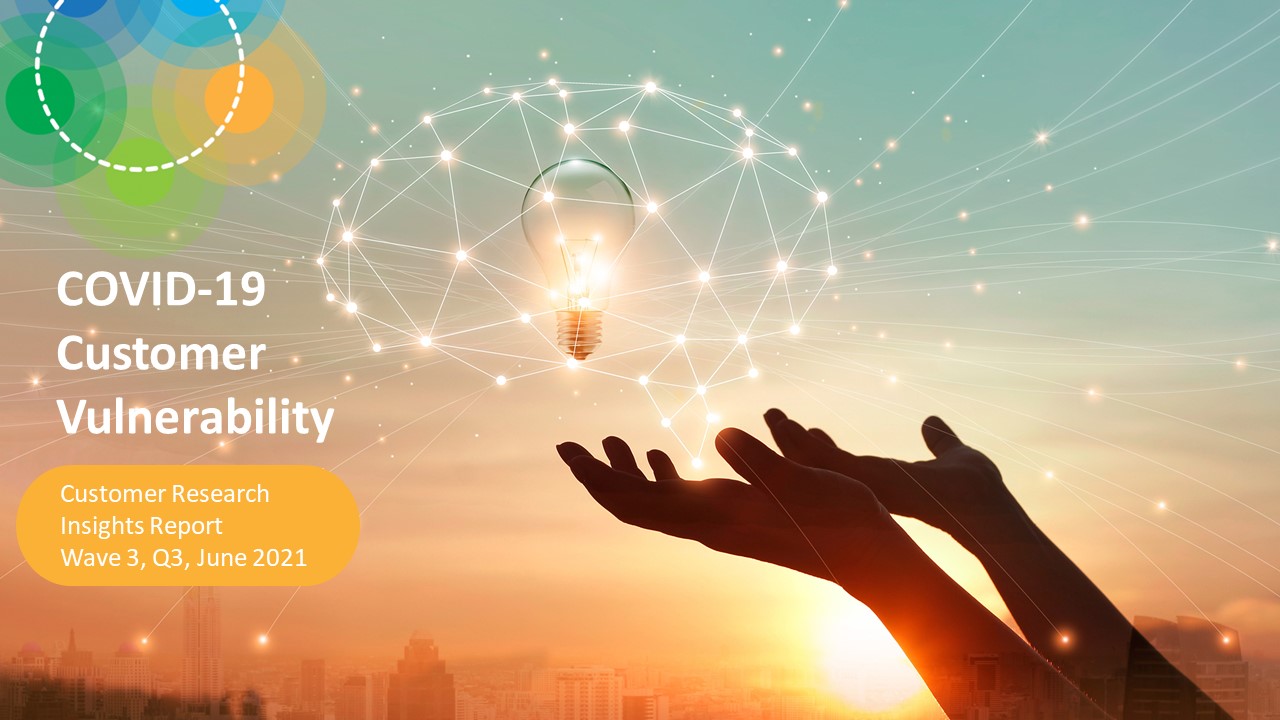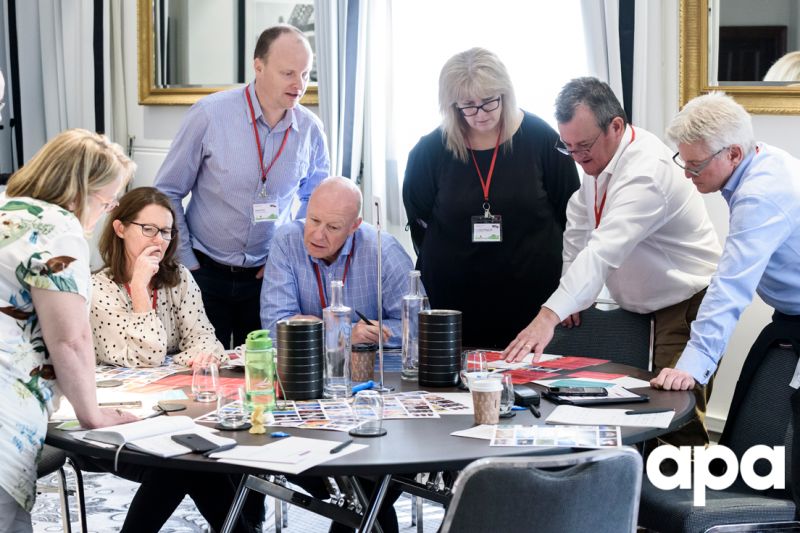The Energy Charter’s first principle is to put customers at the centre of energy business. But what does this mean in practice? There are thousands of ways this principle could and does manifest. But one thing is certain: enacting this principle (and indeed, all the other principles) means a lot of talking about and with customers.
At face value, more engagement with and about customers seems like an intrinsically good thing. However, if we are not empathetic, ethical, and intentional about the language we use when we engage, we risk doing great harm. This is most critically the case for those customers we classify as ‘facing vulnerable circumstances’—the demographic of focus for Principle 5.
When we put people into categories or segments for business purposes and attach labels like ‘vulnerable’ or ‘disadvantaged’, we risk othering and stigmatising the people we are trying to support. Christine Tan, author of this Talk Poverty article titled I didn’t know I was poor until I applied to college, discusses the impact that organisational categorisation and labelling had on her:
We make a mistake when we assume poor [people] think of themselves as poor. Poverty as a label perpetuates false notions of identity—for those being labeled and for those making decisions on their behalf. … The complexities of who I am, and where I am from, got lost in the translation.
While this example comes from a different sector, the message rings true. The risks associated with use of broad categorisation and labels was also expanded on in a commentary in the Australian and New Zealand Journal of Public Health, Rethinking the use of ‘vulnerable’. In that commentary, author Stephanie Munari and colleagues argued:
Widespread, indiscriminate use of the term ‘vulnerable’ is problematic. When used as a term to describe certain individuals or populations in a nondescript and vague manner, the reader ‘fills in the blanks’ of why a certain individual or group is vulnerable. Being vulnerable could be seen as an intrinsic deficit, inferiority, or inability to protect the individual’s own best interests. This can in turn reduce both perceived and actual agency of the individual or group, depicting them as ‘others’ who are powerless and in need of protection. This may also result in further stigmatisation and exclusion of these individuals and groups.
These issues were the focus of a recent Policy Conversation run by the Tasmanian Council of Social Service (TasCOSS) where I hosted Dr Catherine Robinson from Anglicare Tasmania’s Social Action Research Centre. Dr Robinson posed important questions:
“In our field of social care what does it mean to describe those we serve as ‘vulnerable’? Is this a valuable or even ethical way to characterize those who we may be aiming to assist to flourish in the ways they want and need? Does the label or concept of ‘vulnerable’ actually help those we might apply it to? What are the dangers of thinking about someone as ‘vulnerable’? What could be enabled by determining a person is ‘vulnerable’?”
The resounding answer was, ‘it depends’. It depends on the (lack of) context and specificity you attach to such labels when you use them. It depends on who is using the labels, how they use them, and why. It depends on whether you are labelling people or groups as individually (and inherently) vulnerable or vulnerable because of systemic failures in providing support for their circumstances.
Dr Robinson proposed that whatever language we choose to use, “there is no ‘best’, fully ‘just’, or most ethical way to characterize human need. What matters most is always our efforts to practice care and complexity in understanding the conditions which give shape to human life and need.” She sees value in the term vulnerable in helping us “come to grips with the personal vulnerability a human can experience AND the social conditions that produce vulnerability.”
Dr Robinson sees value in the term vulnerable because it is universal: “We all have inherent vulnerability because we are human and all have capacity for intensified periods of vulnerability.” In the energy business space, this shared experience opens space for empathy between the workers seeking to provide support and the customers who benefit from those support efforts. To build on this empathy to ensure our approach to Principle 5 is ethical, there were a few key take home messages from the Policy Conversation which can guide our practice:
- People-first language is a must: individuals/communities experience vulnerable rather than vulnerable individuals/communities.
- It is critical to remember and name the link between the individual and the broader social structure that causes or maintains certain vulnerable circumstances. Humans are not born with vulnerability as an inherent trait—vulnerability is circumstantial and occurs when we find our selves in situations of need.
- Make language specific and detailed when we use to describe vulnerability (and other related terms such as ‘disadvantage’) — connecting the individual with the system and providing nuance and context for the circumstances causing vulnerability. As one participant stated, “these terms still have use, as long as we take care to define them, and don’t rely on them as a shortcut.”
- It is valuable to make time to consider and discuss these concepts critically with our colleagues to continue to push forward our thinking and practice. Consider having a team meeting to explore the questions around vulnerability posed by Dr Robinson (above).
- We, as professionals in a large industry, can be agents of change with expertise and capacity to identify persistent problems in systems and lead by example when it comes to creating the change we want to see — both in our language and in working together to build solutions.

